Fruit and vegetable cooking rules
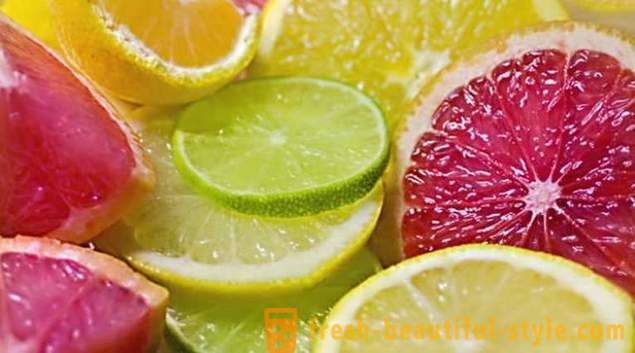
Each of us buys fresh seasonal vegetables, not only because they are delicious, but also due to the fact that they are full of vitamins, minerals and antioxidants. But did you know that how you cook them, plays a decisive role in how well they retain the nutrients?
Some cooking methods retain the nutritional value, while others completely destroy it. Therefore, when he comes home from the market with a package of fresh vegetables, read the strategy, which we offer you to get the most benefit.
1. Limit the amount of water to

When you cook vegetables in a large amount of water, nutrients are melting before our eyes. For example, did you know that green color, which gets water after blanching the broccoli, it is a sign that vitamins B and C went into it to be in the sewers?
To preserve vitamins boil vegetables in the least possible amount of water for a minimum period of time (unless you cook the soup). Steaming or in a microwave oven, which is used during a very small amount of water, cooked vegetables as well as during cooking and blanching, the nutrient losses are minimized.

So do not cook the potatoes in water, use this water bath. Broccoli, green beans and blanch the asparagus does not need to cook them in a microwave or as a couple.
If you want to cool the cooked vegetables, do not immerse them in an ice bath. As well as hot and cold water leaches nutrients. Boil vegetables for a minute, then place them in a single layer on baking paper, they are quickly cooled down to room temperature.
2. Use a little fat
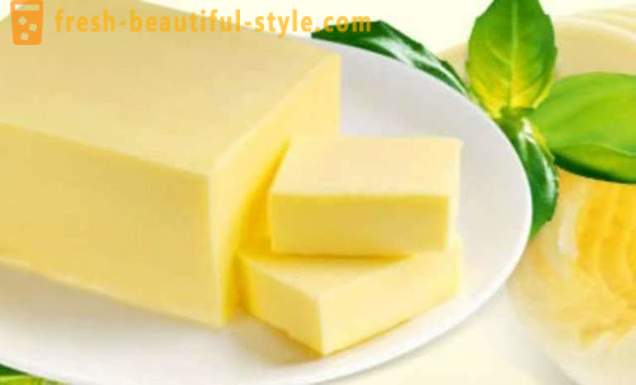
The consumption of ordinary vegetables, steamed, sounds like something very useful, but it is actually better to eat vegetables with fat. Many nutrients such as beta-carotene, vitamin D, vitamin K, are fat-soluble, so they can benefit only in conjunction with a certain amount of fat. Thus, you can pour the steamed vegetables with fragrant oil, make them sauté or fry quickly in a pan. In all of these methods present a little oil, which helps the absorption of vitamins. Among other things, this will give a good taste vegetables, so you'll be inspired to eat well and beyond.
3. Add the citrus

In vegetables, such as spinach, broccoli and cabbage, contain iron, but in a form that is difficult for our body to use, so most of this useful item is not absorbed. Vitamin C, which are filled with citrus, enters into reaction with the iron, making it easily absorbed by the body substance.
That is, vitamin C makes the iron is convenient for us. Therefore it is always a fried, boiled or stewed vegetables, add a few tablespoons of lemon juice, lime, orange or grapefruit.

We give a delicious and healthy recipe. Green beans steamed, fried with yellow pepper and shallots in olive oil until soft. At the end to take a fresh spinach and add a few tablespoons of orange juice. And better than you can imagine.
Useful culinary tricks
Here are some useful tips on cooking vegetables:
- Wash the vegetables before cutting. Slicing vegetables destroys the cell walls, allowing nutrients to go into the water. When you wash nenarezanye vegetables, the nutrients remain in the vegetable and leached with water.
- not peeled. Too many nutrients are located, or in the skin, or directly beneath it, so do not remove it wherever possible.

- prepare immediately after cutting. Nutrients are gradually fading when exposed to light and air. Do not leave long cut vegetables, cook and eat them quickly, to preserve vitamins and minerals as possible in larger quantities.
- cut the vegetables into large, uniform pieces. Large pieces - it is less damaged vegetable cells, fewer lost nutrients. Cutting large pieces warrants it. Before we move on to discuss the various methods of cooking vegetables, let's look at some general ways of cooking there.
The use of different cooking methods
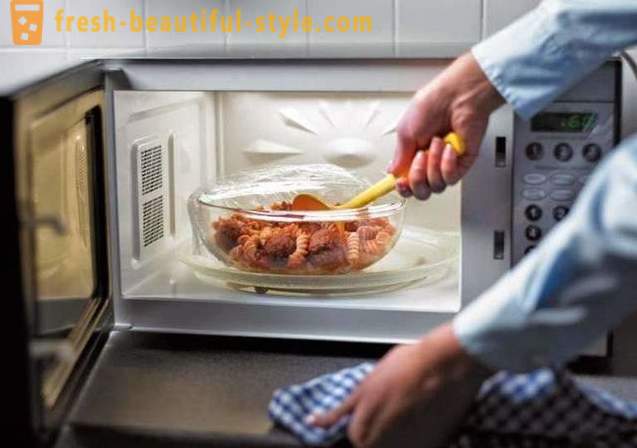
It is believed that a raw food diet - this is the best way of eating? Think again. Cooking vegetables helps to soften the taste. Some vegetables, such as tomatoes, even more useful in cooked, because in the process of cooking increases the level of powerful antioxidant lycopene.
The only problem is that not all methods of cooking the same. With some, you can increase the nutrient content, while others are completely taken away all of the nutritional value. With the help of some of your body gets the unwanted fat, while others, on the contrary, give it to you just as much as is necessary for the absorption of nutrients in vegetables.
Preparation in the microwave

When in doubt, cook your vegetables in the microwave, so you can keep a maximum of antioxidants. Spanish researchers conducted a study on how different methods of cooking affect the antioxidant characteristics vegetables. Cooking in a microwave oven ranked first, with this cooking process is saved a lot of useful substances.
The only exception is cauliflower, it should be kept away from the microwave oven, because there she loses more than 50 percent of all nutrients.
Frying without oil
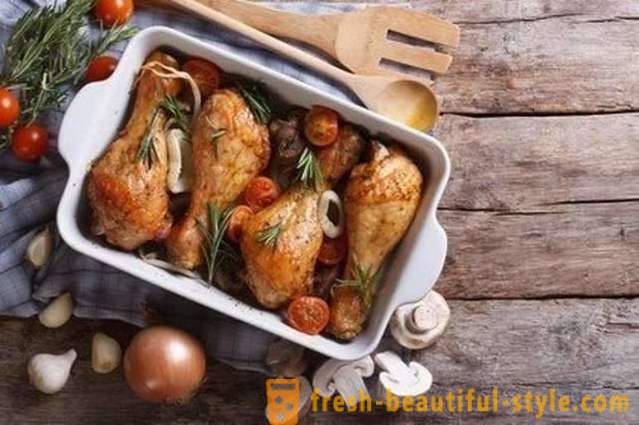
beet, leaf beet, celery, onions and green beans very well prepared in a pan without oil. According to the researchers, these pans on cooking allows the vegetables to keep the same number of antioxidants, as preserved by cooking in a microwave oven.
But beware, these pans are often covered with non-toxic chemicals, which will definitely make cooking easy, but it can contain elements whose accumulation in the body is associated with cancer development. Buy uncoated pans or use a pan with a thick bottom that does not require oil.
Baking

In the case of baking, for some vegetables is very good, for others - is detrimental. Roast artichokes, asparagus, broccoli, pepper. They are in this method of cooking retains all beneficial antioxidants. Do not put it in the oven carrots, Brussels sprouts, leeks, cauliflower, peas, squash, zucchini, onions, beans, celery, beets and garlic. They are in the oven lose much of nutrients.
There are also those products in which the amount of beneficial antioxidants only increased after baking. This applies to the green beans, eggplants, corn, spinach and Swiss chard. Moreover, if you bake foods using a large amount of oil, the vegetables, depending on the type lose 5 to 50 percent of the nutrients.
Cooking
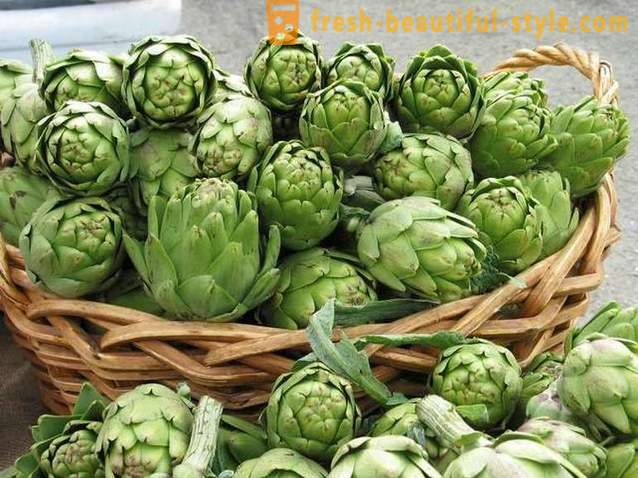
The general advice - do not use cooking for cooking vegetables. Water - not the best friend of the cook when it comes to the preservation of products in antioxidants and other nutrients. Most susceptible to the loss of the nutritional value of vegetables - a cauliflower, zucchini and peas. If you still need to cook the vegetables, then save the remainder of the water, it is full of useful elements. Use it to prepare the sauce or soup.
But, as in every rule, and in this there are exceptions. A study conducted in 2008 in Italy, found that when cooking the amount of carotenoids in carrots increases. This method of cooking carrots is better than frying or baking.
We now proceed to a description of the most useful ways to cook different vegetables.
How to cook different vegetables
How to cook artichokes
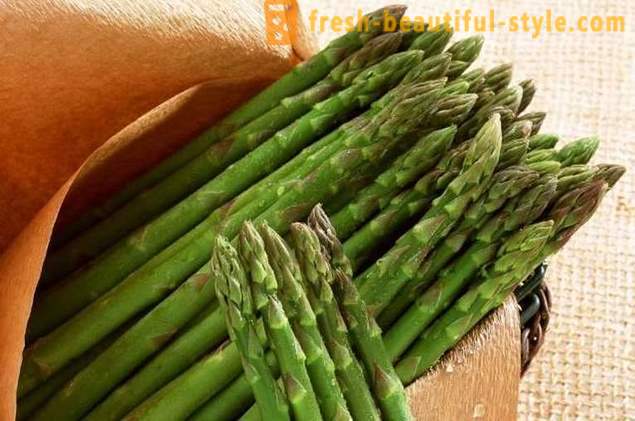
How to choose: Look for tight little brown head without trace and without blue.
Advance preparation: Clean each head of the outer leaves and cut off the top and a bit at the bottom.
Quenching: Preheat 2 tablespoons olive oil in a large skillet. Add the artichokes and, stirring constantly, cook for one minute. Add 1 teaspoon dried thyme (rosemary or tarragon), equal proportions of white wine and water to cover the vegetables. Bring to the boil, reduce heat, cover and simmer until soft, about 15 minutes. Grill: marinate artichoke in 1 tablespoon olive oil and 1 teaspoon of sea salt. Preheat the grill. Cook for about 8 minutes until tender, but once inverted.
Microwave: artichokes mix with 0, 5 glass of white wine (or dry vermouth), 0, 5 teaspoon salt 1 teaspoon of dried thyme. Tightly cover and cook in a microwave oven for 8 minutes at high power.
Steaming: a water bath artichokes should be cooked for about 15 minutes.
How to cook asparagus
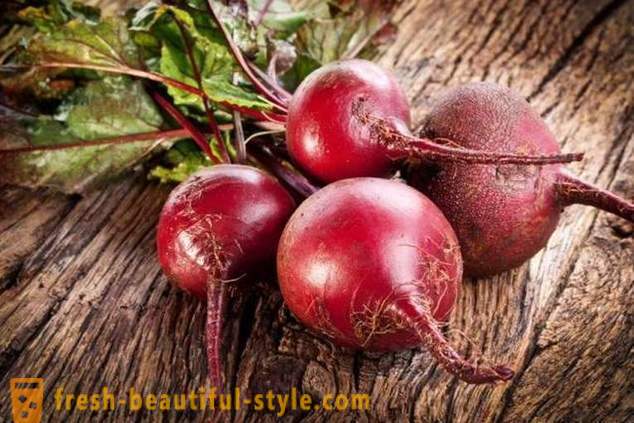
How to choose: Look for a strong "sticks" with dense heads. The cut must not be dried or dark color. Fresh asparagus clicks on folding.
Advance preparation: Cut the ends of each stem and remove any dark spots.
Quenching: Preheat the pan well. Add the asparagus with 0, 5 glass of water and a slice of lemon. Cover and simmer until cooked about 5 minutes.
Grill: Preheat grill to melt it a little butter. Broil until until all the asparagus does not darken, about 6 minutes. Do not forget to periodically turn.
Microwave: Place the asparagus in a glass bowl or pan. Add a quarter cup of water, 1 teaspoon of olive oil and close the lid. Turn the microwave on high power and cook for 3 minutes.
Baking: Preheat the oven to 260C. Arrange asparagus in a single layer on the baking paper. Sprinkle 2 teaspoons of olive oil. Turn once during cooking. Bake about 10 minutes until the asparagus is tender.
How to cook beets

How to choose: Look for small tubers with a dark ruby or bright orange rind.
Advance preparation: clean.
Microwave: Cut the beets into thin rings. The glass container or pan to fill a quarter of a cup of water, put beets, cover and cook at high power for 10 minutes. Before serving, let stand for about 5 minutes. Baking: Preheat the oven to 260C. Cut the beets into thick slices. Spread on baking paper in one layer. Sprinkle with 2 tablespoons of olive oil. Bake for about 30 minutes until soft. During cooking turn once.
Quenching: Preheat a frying pan 1 tablespoon of olive oil. Add 1 chopped clove of garlic. Grate the beets on a large grater and cook for one minute, stirring constantly. Add a third of a cup of water and bring to a boil. Cover, reduce heat to low and simmer until tender for about 8 minutes.
Steamed: beets cut into four parts and steam in a water bath or in a steamer for 15 minutes.
How to cook broccoli
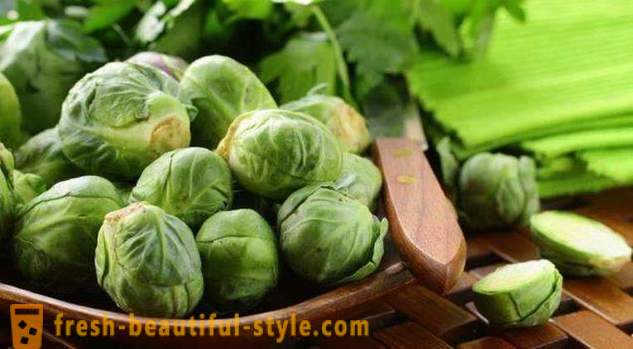
How to choose: Look for firm, dark green cabbage with dense buds without yellowing, to the number of buds and stems are approximately the same.
Advance preparation: cut all buds, and each stalk, cut into 4 pieces.
Microwave: place the stems and florets into a glass mold, cover and microwave cook at high power for about 4 minutes.
Baking: Preheat the oven to 260C. Spread inflorescence stems and one layer on a sheet for baking. Drizzle with olive oil. Bake for about 10 minutes. Turn only once.
Steaming: in a water bath, add 1 tablespoon of olive oil and start cooking with stalks. Boil for at least 2 minutes. Then add the florets and cook for another 5 minutes.
How to Cook Brussels sprouts
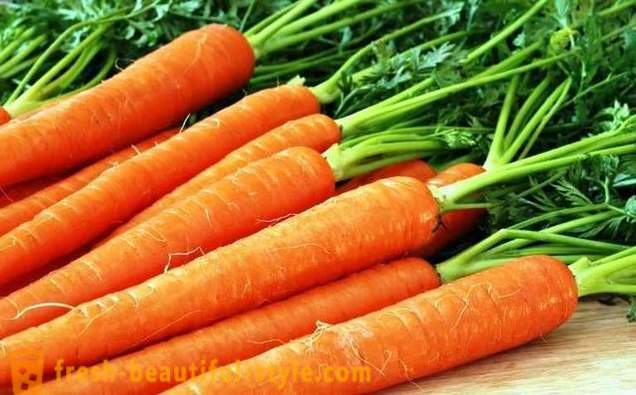
How to choose: Look for firm, solid, small dark green kochanchiki without yellowing leaves. The seedlings should be preferably on the stem.
Advance preparation: clean the outer leaves and cut stems.
Quenching: Pour small kochanchiki and stalks 1 cup dry white wine. Cover and cook them in a pan for about 7 minutes. Pull kochanchiki, increase the heat to high, add 1 teaspoon of butter and simmer until the liquid evaporation. Return kochanchiki back. Microwave: in the form of glass lay kochanchiki and stems. Pour a quarter of the cups of broth or water. Close the lid and cook in a microwave oven at high power for 6 minutes.
Baking: Preheat the oven to 260C. Cut the stalks and kochanchiki half. Lay them on baking paper in one layer. Drizzle with olive oil. Bake for about 20 minutes, turning once in the process.
Steaming: cook at high temperatures for 6-8 minutes.
How to cook carrot
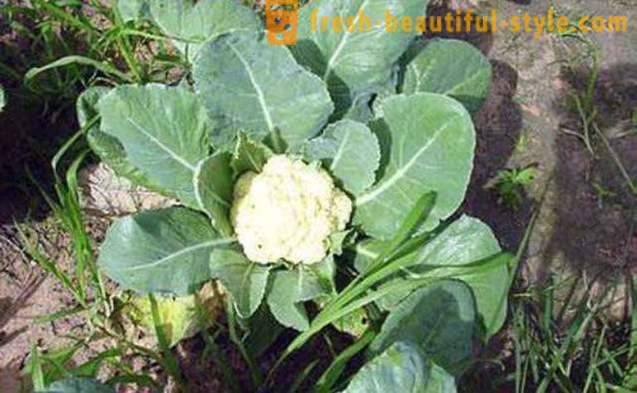
How to choose: Look for the orange, firm vegetables without gray or white coating and without driest places on the skin. Preferably, a carrot was tops.
Advance preparation: to cut off the tops, peel.
Microwave: Cut the carrots into small circles. Place in a baking pan and pour 1/4 cup of broth or white wine. Close the lid and cook in a microwave oven at high power for 3 minutes.
Baking: Preheat the oven to 260C. Cut the carrots into cubes. Pour onto a baking paper in one layer. Drizzle with olive oil and bake for about 15 minutes, turning during cooking only once.
Quenching: Melt 1 tablespoon butter in a large frying pan, cut the carrot slices. Add the carrots and cook for 4 minutes. Then add 1 teaspoon of sugar and keep on heat until frosting.
Steamed: carrot cut into thin slices and steam in a water bath or in a double boiler for 4 minutes. Place the vegetables on a couple of centimeters above the water.
How to cook cauliflower
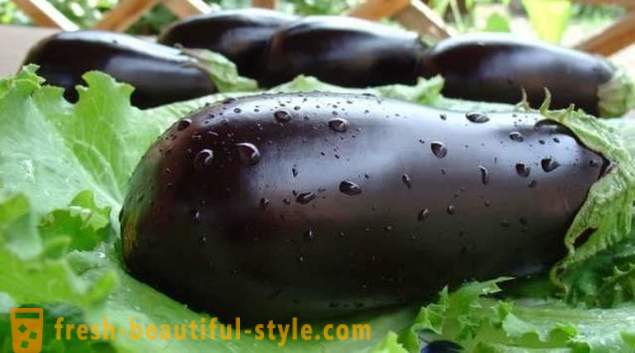
How to choose: Look for dense white cabbages without brown or yellow spots. The leaves on the stem should be green and should firmly sit still.
Advance preparation: divide into florets, you get rid of a thick core and thick stems.
Quenching, place the florets in a pan and pour 0, 5 cups of dry white wine, add 0, 5 teaspoon cumin. Bring to the boil, cover, reduce heat and simmer to a minimum of about 4 minutes. Microwave oven: Put florets in a baking dish, add 1/4 of a glass of dry white wine (or dry vermouth). Close the lid and cook at high power for about 4 minutes.
Baking: Preheat the oven to 260C. Spread inflorescences on baking paper in one layer. Drizzle with olive oil. Bake until browning of cabbage for about 15 minutes. Turn only once for all the cooking.
Steamed: cabbage position 5 cm above the water level. Cook at high temperatures for 5 minutes.
How to cook eggplant
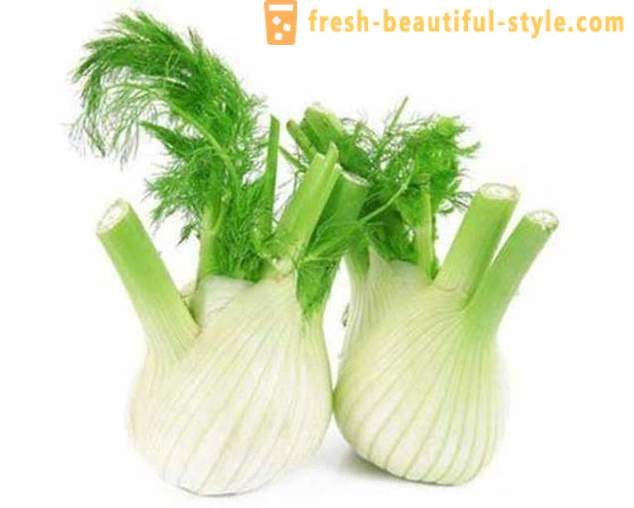
How to choose: Look for smooth, glossy fruit without blemishes and wrinkles on the skin. Each eggplant should be fairly heavy.
Advance preparation: it is not thick cut slices, peeled it does not need.
Quenching: Cut the eggplant into cubes and mix them with a jar of salsa. Transfer to a pan and simmer for 15 minutes, stirring frequently, over medium heat.
Grill: Preheat the grill. Slices of eggplant brush brush with olive oil. Vegetables should be prepared about 8 minutes. Turn only once.
Baking: Preheat the oven to 260C. Clean eggplant from the skin, place on baking paper in a single layer and sprinkle with olive oil. Bake until tender for 15 minutes. Turn only once.
Saute: Cut the eggplant into cubes, mix with 2 teaspoons of salt. Let stand for 5 minutes and blot with paper towels. Heat over medium heat 2 tablespoons of olive oil. Cook until soft, stirring continuously for about 4 minutes.
How to cook fennel
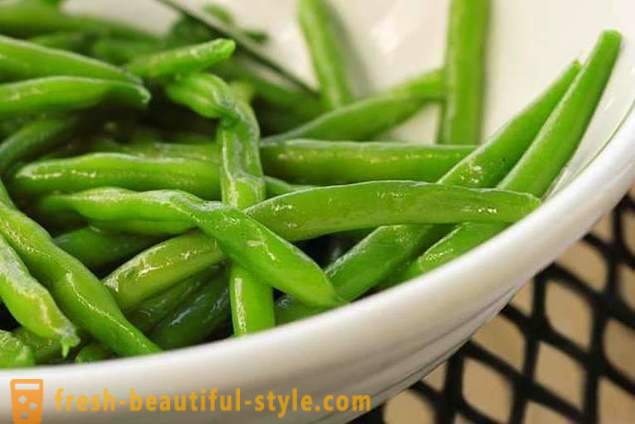
How to choose: Look for small white "hairy" head with green stems and feathery leaves.
Advance preparation: Cut the stems just under the root, remove the fetus all the damaged outer layers, cut ass like an onion.
Quenching: Cut the "onion" rings. On a large frying pan, heat 1 tablespoon of olive oil. Add the fennel and 2 teaspoons of dried rosemary. Broil 1 minute, stirring constantly. Add 0, 5 cup dry white wine (or dry vermouth), cover, reduce heat and simmer until tender about 15 minutes. Baking: Preheat the oven to 260C. Cut fennel rings thickness 0, 5 cm. Place them on baking paper in one layer. Drizzle with olive oil and bake for 18-20 minutes until browning.
Steamed: fennel cut slices 2-3 cm thick Put it on 5 cm above the water.. In water, add bay leaf and 1 teaspoon of mustard seeds. Cook at high temperatures for 15 minutes.
How to cook green beans

How to choose: Look for small, thin, strong beans.
Advance preparation: Cut the ends of the fetuses.
Microwave: Place the beans in a bowl entirely for baking, fill it with the fourth part of a cup of water or broth. Cover and cook at high power for 4 minutes.
Baking: Preheat the oven to 260C. Spread beans on a sheet for baking in a single layer. Drizzle with a little olive oil. Bake about 10 minutes, do not forget to turn once.
Saute: Preheat a large frying pan 2 tablespoons of walnut oil or any other vegetable oil. Add the beans. Cook for 2 minutes, stirring constantly.
A couple: place the beans in the 2-3 cm above the water. Cover and cook at high temperatures for 5 minutes.
How to cook leeks

How to choose: long, thin stems that are not damaged or bent. External sheets should not be dry.
Advance preparation: remove the thick green leaves, leaving only a pale green thin sheets with a white part. Divide into two parts by cutting the stem along and under running water wash leek from dirt, dust and sand.
Quenching: chopped onion half rings put in a large pan, add 0, 5 cups vegetable or chicken broth, 1 sprig fresh rosemary (or 6 juniper berries and 6 Goroshkov black pepper). Bring to boiling to simmer. Cover, reduce heat to low and simmer until tender about 12 minutes. Excellent dressing for salad. Grill: Preheat the grill. Lubricate the leeks with olive oil. Sear for 8 minutes, turning periodically.
Baking: Preheat the oven to 260C. Onion slice thickness slightly less than 1 cm. Pour onto a baking paper layer. Drizzle with olive oil. Bake 10 - 15 minutes prior to the acquisition of tender onions browned. Turn while cooking only once.
Saute: cut leeks thin crescents. Well Preheat a large frying pan 1 tablespoon butter spoon. Thus onions should be cooked no more than 5 minutes, stirring frequently. Cook the onions until the pleasant aroma.
How to cook pea
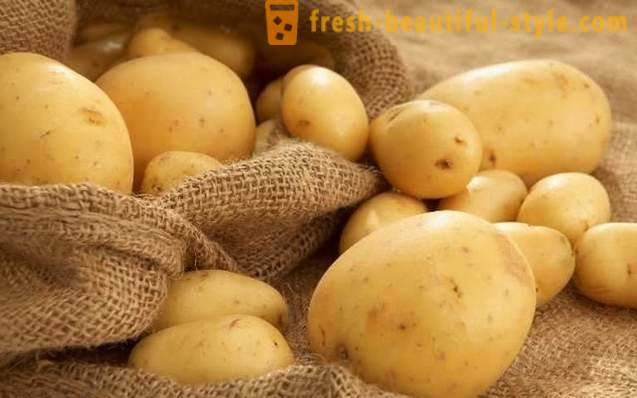
How to choose: Look for fresh, firm, bright green pods without spots, it is desirable that the pods were attached to the twig.
Before you begin: If using fresh peas, then simply remove it from the pod, if frozen peas in front of you, then before cooking it is not necessary to defrost.
Microwave: Place peas in a glass dish for baking. Add a little broth or unsweetened apple juice. Close the lid and cook in a microwave oven at high power for 2 minutes.
Saute: Heat the 2 tablespoons of butter in a large skillet over medium heat. Add the peas and cook well for three minutes, stirring frequently, until finding them a bright green color.
Steamed, place the peas in a bowl at 2-3 cm above the water. Cook at high temperatures for 2 minutes.
How to cook potatoes
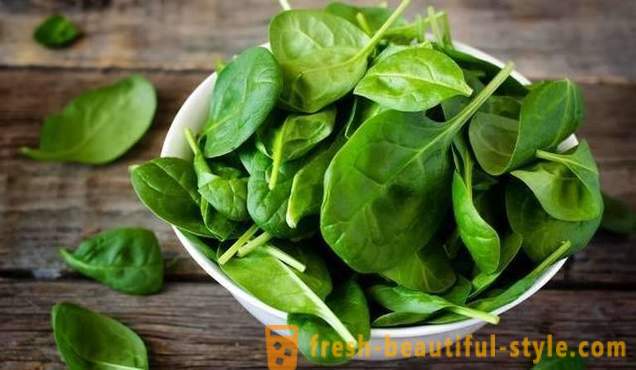
How to choose: Look for small tubers with a hard rind, do not loose or damaged.
Advance preparation: Wash the potatoes from the dirt. Clean it from the skin is not necessary, because it is rich in fiber and nutrients are located directly under the skin.
Quenching: Cut the potatoes into cubes of 1 cm in diameter. Transfer to a large pan, add 0, 5 cups vegetable broth, 0, 5 cup of skim milk and 1 teaspoon of butter. Bring to a boil, cover, reduce heat and simmer until soft and until then, until most of the liquid is absorbed. It will take about 20 minutes. Baking: Preheat the oven to 260C. Cut the potatoes in small wedges. Spread out on greaseproof paper in one layer. Drizzle with olive oil. Cook for 20-25 minutes, stir only once in the middle of cooking.
Cell: clean potatoes (if desired), the large grate grater. Preheat a large frying pan 1 spoon of vegetable oil over medium heat. Add potatoes, reduce heat. Cooking for 5 minutes. Stir the dish and cook for another 6 minutes.
Steamed, place the sliced potatoes at 5 cm above the water, cover with a lid. Cook at high temperatures up to about 10 minutes softness.
How to cook spinach and beet leaves

How to choose: strong, saturated colors leaves no stains.
Advance preparation: thoroughly rinse the leaves to remove all the sand. Cut the stems are too thick.
Quenching: Preheat a large frying pan over medium heat 2 teaspoons of walnut oil. Add the spinach and beet leaves and cook until until the leaves begin to wither. Add 0, 5 cups of dry white wine or dry vermouth. Cover, reduce heat and simmer until the complete withering leaves about 5 minutes. Remove the lid and cook until until the liquid will not glaze. At the end of cooking, add 2 teaspoons balsamic vinegar.
How to cook pumpkin
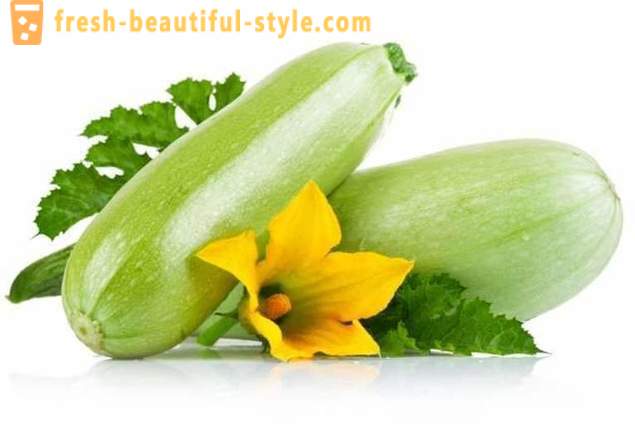
How to choose: Look for dark green, orange or white variety with firm, smooth skin without blemishes strange colors, on a pumpkin can be green branching strands like pattern of lightning.
Advance preparation: Cut the pumpkin into quarters and discard seeds. From the skin to clean is not necessary.
Quenching: add to the pumpkin 2 servings of unsweetened apple cider vinegar. At moderate heat to a boil. Cover, reduce heat and simmer until tender, about 20 minutes.
Microwave: Place the cut into wedges pumpkin in the baking container, add 0, 5 cups of water or broth (vegetable or meat). Cover and cook at high power for 15 minutes. After cooking give pumpkin stand for 10 minutes. Cell: heat two tablespoons of butter over medium heat. Add pieces of chopped pumpkin. Simmer, stirring often, until softened, about 10 minutes. Before serving, sprinkle a small amount of ground nutmeg.
Steamed, place the pumpkin pieces in a container 2 cm above the water. Cover and cook at high temperature for 6 minutes.
How to cook zucchini and zucchini
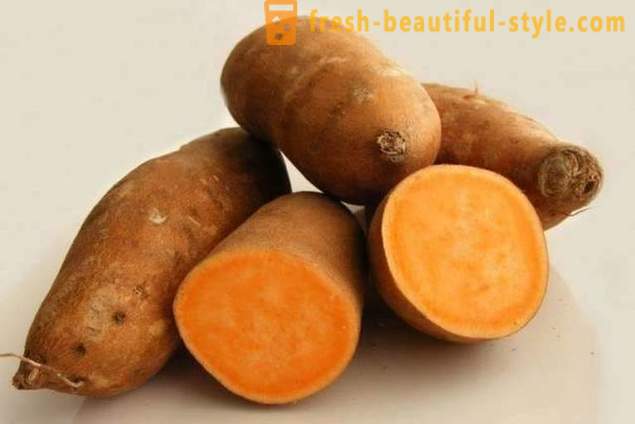
How to choose: Look for vegetable without damaging the peel. Small zucchini and zucchini sweeter, they have fewer seeds. Not peeled, just rinse thoroughly to remove any dirt.
Advance preparation: Cut the ends at the vegetable on both sides.
Grill: Cut the zucchini into thin wedges, smear them with olive oil. Good heat the grill and cook for 3-4 minutes, turning in only once.
Baking: Preheat the oven to 260C. Zucchini cut into wedges and place them on the baking paper in one layer. Drizzle with olive oil. Bake for 10 minutes until soft, turning process only once.
Saute: Cut the zucchini rings. Heat 1 tablespoon olive oil in a large skillet over medium heat. Add the zucchini, they chopped 1 clove of garlic. Simmer, stirring regularly, for 7 minutes.
A couple: Slice zucchini into cubes. Put them together with finely chopped onions in the container 3 cm above the water. Cook at high temperature until ready for about 5 minutes.
How to cook sweet potatoes
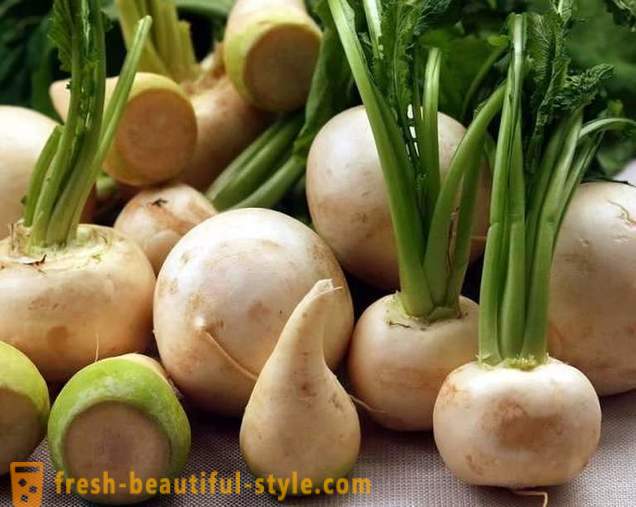
How to choose: Look for fruit with a thick tapered ends.
Quenching: Peel potatoes and cut into small wedges. Stir in 1 cup of a large frying pan vegetable broth, 1 teaspoon of honey, 0, 5 teaspoons of dried thyme. Quickly bring to a boil. Cover, reduce heat and simmer until tender, about 15 minutes. Remove the lid and continue to simmer until until the liquid does not turn into a glaze (more than 2 minutes). Microwave: Place 2-3 small sweet potatoes in a container for baking, pierce them with a knife. Cook 8-12 minutes in an oven, after let stand for 5 minutes.
Baking: Preheat the oven to 260C. Cut the sweet potatoes into wedges. Spread out on greaseproof paper in one layer. Drizzle with olive oil. Bake 20-25 minutes, turning the process only once.
A couple of: slice potatoes 2-centimeter slices. Transfer to a capacity of 5 cm above the water. Cook at high temperature for 20 minutes.
How to cook turnip
How to choose: Look for firm fruit with a small, light-skinned. The fruit must be quite weighty. Ideally, turnips should be tops.
Advance preparation: cut the turnip top and tail, peel it from the peel and cut into thin slices.
Grill: sprinkle sliced turnips with olive oil, leave on for 5 minutes. In the meantime, let the grill heats up. Cook the turnips for 8 minutes, turning the pieces once during the process.
Baking: Preheat the oven to 260C. Spread turnip slices on baking paper in one layer. Drizzle them with olive oil. Bake until tender, about 15 minutes, turning the pieces once.
Saute: cut the turnip into very thin slices. Heat a large frying pan over medium heat 1 teaspoon butter and 1 tablespoon of olive. Add the slices of turnip and cook, stirring frequently until cooked for 12 minutes.
A couple: place the turnip slices in a bowl 5 cm above the water. Cover and cook at high temperature until ready for about 12 minutes.













































